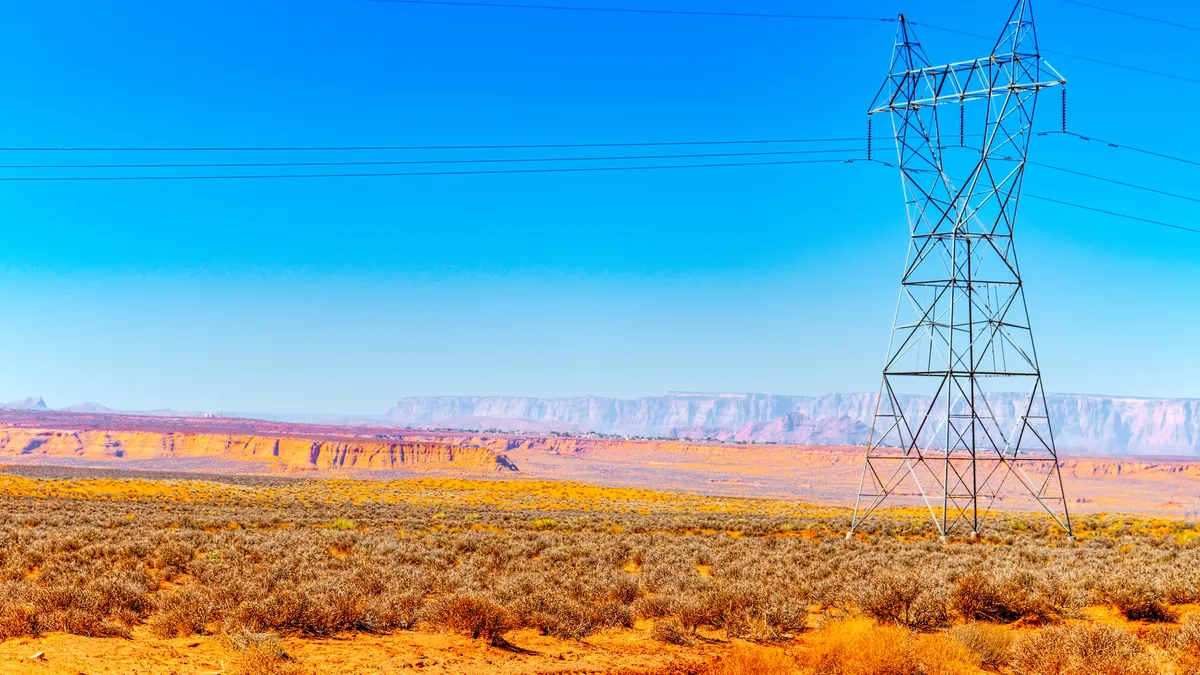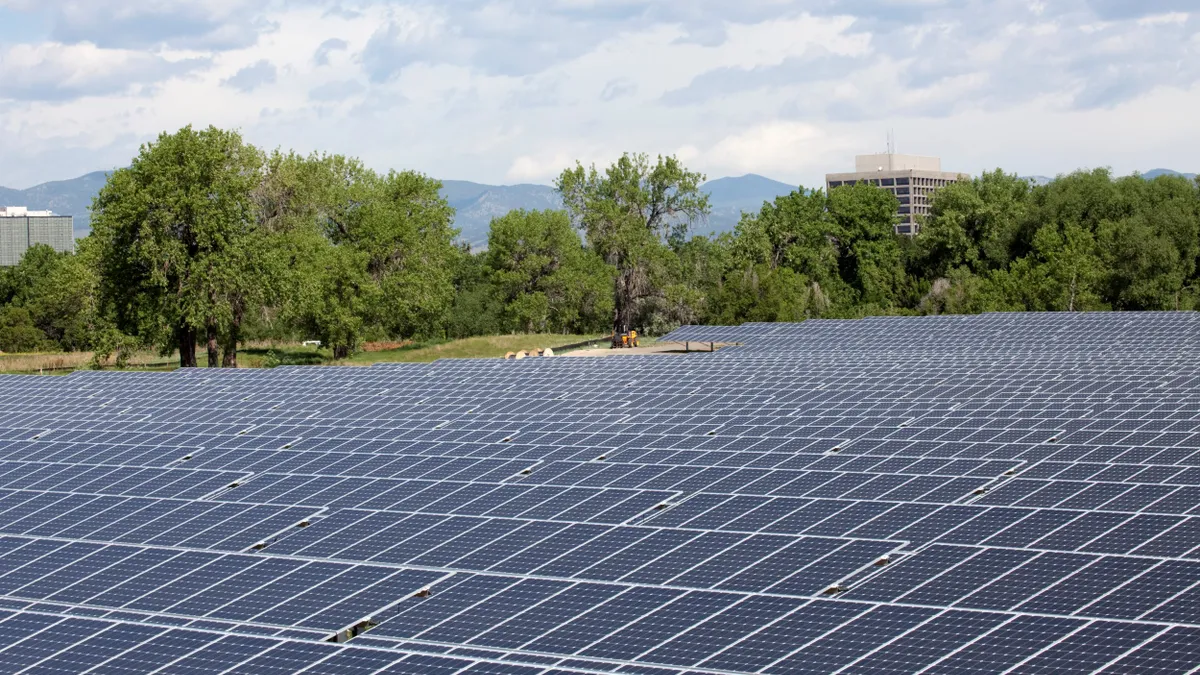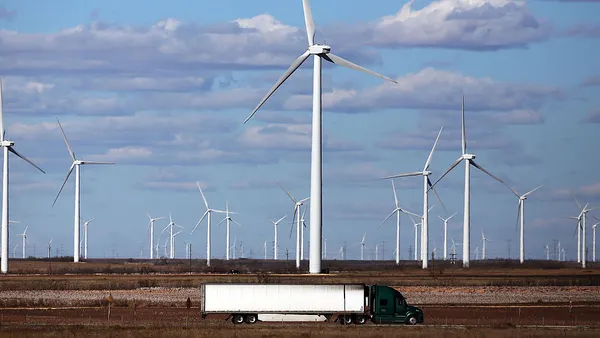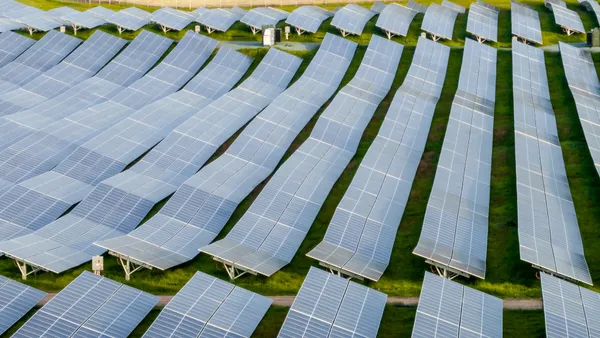Dive Brief:
- Hawaii can support a 100% renewable portfolio standard for electric generation and transportation fuels, according to a new report published by the state, citing "skyrocketing energy costs" as one reason for the push.
- The Environmental Council Annual Report for 2014 notes that the state has the highest per-capital fossil fuel use in the country, in large part because it imports fuel oil to burn as baseload generation, an expensive and dirty endeavor necessitated by its geographic isolation.
- The report finds transitioning to all-renewable transportation fuel will require policy and procedure changes to reduce fossil fuel use.
Dive Insight:
Hawaii could reach 100% renewable energy use, according to a new report from the Environmental Council, a state agency founded to advise the government on sustainability and energy. But, the report it will require significant policy changes to reach that point. In the near-term, a 70% renewable standard is achievable, the report found.
The state's remote location means importing energy, food and other supplies, which adds carbon emissions to virtually everything the Aloha State consumes. "While we may not be able to reduce imports any time soon, we can begin to tackle this ever-growing energy crisis by dramatically increasing our utilization of renewable energy," the report finds.
The report, issued by the state's Environmental Council, aims to provide information to the state's decision makers on environmental and energy issues.
The report also finds that Hawaii is the only location on Earth where it is possible to create all four main types of renewable energy (solar, wind, geothermal, wave), and determines the state has "an opportunity to lead the nation in the global movement to make our planet more sustainable and resilient for generations to come."
The report endorses tax incentives that would move the state to a 100% renewable standard, but said transportation policies in particular will need updating.
"Potential policy changes are easy to find by looking at states that have needed to meet federal Clean Air Act mandates, such as congestion management tools, public-private partnerships to discourage single-occupancy vehicle trips, increased pedestrian bicycle and public transit options, and parking limits and offset fees to promote the use of alternative transportation," the report finds.












